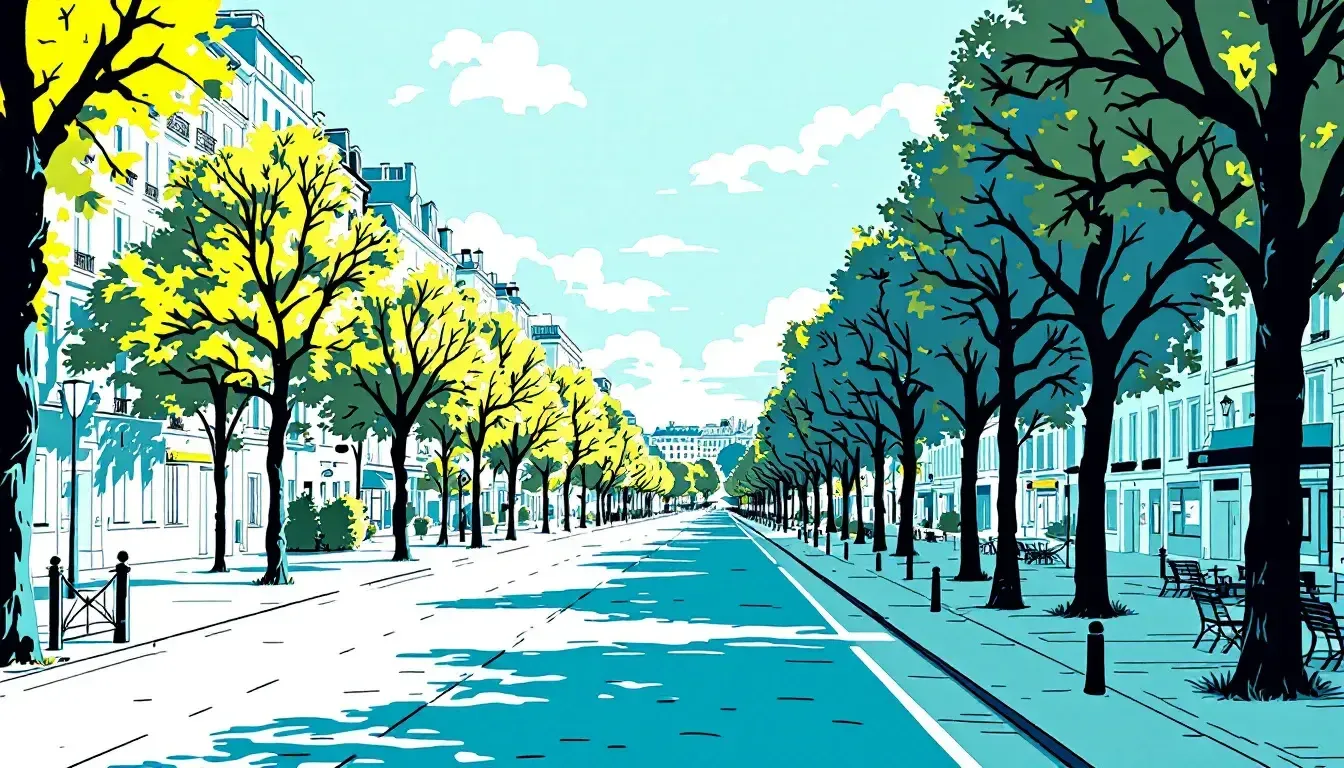When Narrow Streets Became Grand Boulevards

Rea,
Remember your boat ride on the Seine last summer during the Olympics? How you marveled at the beautiful buildings, wide tree-lined boulevards, and elegant bridges of Paris? It’s hard to imagine, but 170 years ago, Paris was a completely different city – dark, cramped, and dangerous.
In 1853, most Parisian streets were barely 10 feet wide – so narrow that people could almost touch hands from windows across the street. Without proper sewers, waste flowed down the middle of streets. Disease spread quickly, with cholera killing over 19,000 people in 1832. The medieval maze made it impossible for traffic to move and for fresh air to circulate.
Napoleon III (nephew of the famous Napoleon Bonaparte) had spent years in exile in London, where he saw how wide streets and parks improved city life. When he became Emperor in 1852, he appointed Baron Haussmann to transform Paris completely.
What followed was one of history’s most ambitious urban renovations. Workers demolished about 12,000 buildings, built 85 miles of new streets, and constructed 300 miles of sewers. They created parks and planted over 100,000 trees. The narrow, winding medieval streets gave way to wide, straight boulevards – some over 120 feet across.
Not everyone supported this change. Thousands of poor residents were forced from their homes with little compensation. Writer Victor Hugo called it “the gutting of Paris.” Critics accused Napoleon III of widening streets not just for beauty but to make it harder for revolutionaries to build barricades. The project’s cost ballooned to three times the original budget.
Despite the criticism, the transformation created the Paris we know today. The wide boulevards allowed light and air to reach buildings. The new sewers reduced disease. The grand avenues radiating from central points created the iconic star patterns visible from above. Paris became known as “The City of Light” – not just for its street lamps but for its newfound openness and beauty.
This transformation shows how creating something beautiful often requires difficult periods of change. The Paris that millions admire today emerged from years of dust, noise, and displacement. The most worthwhile changes don’t come easily – they require vision to see beyond present difficulties to the possibilities ahead.
Love, Abba
P.S. Right here in Austin, the renovation of Interstate Highway 35 is happening now. Like Paris long ago, our city is going through changes that will reshape how people experience Austin. Next time you pass the construction, imagine how different our city might look when finished!

